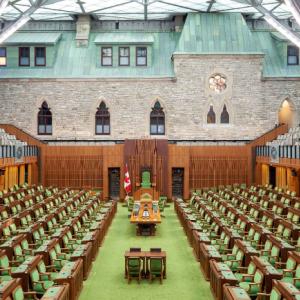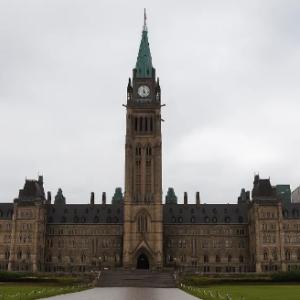In defense of Canada’s universal healthcare
Imagine someday needing medical treatment at a Loblaw’s clinic, complete with weekly specials on PC and no-name brand antibiotics.
What about “Shopper’s Drug Mart Hospital”, or maybe “The Canadian Tire Centre for Health Excellence.” Maybe even a “Tim Horton’s Hip and Knee Replacement Facility?” It sounds absurd, right? Maybe a bit hyperbolic? What about Amazon or X (aka Twitter) healthcare? Maybe not so far-fetched. All of these organizations certainly have the financial means to bring this vision to reality. Some are already doing it, others are just waiting for the green light.
National and Global conglomerates have already made considerable strides into the delivery of healthcare in Canada. The recent decision between Manulife and Loblaws to reduce coverage of 260 specialty prescription drugs, unless they are purchased through Loblaw-owned pharmacies, is just the most recent example of how the quality of health services is increasingly secondary to profit. The decision was reversed (for now) only because of the public backlash it sparked. Such corporate partnerships will likely continue unabated without legislative intervention, under the radar, and far from public view.
Recent polling found that 70% of Canadians support universal healthcare and want to limit private healthcare. That level of support is quite significant, but I believe it would have been far higher, if private entities had not spent considerable resources deliberately undermining public trust in Canada’s healthcare model, and concertedly pushing for some form of two-tiered care.
Politicians, free market ideologues and private sector interests have been working to convince Canadians that the system is in crisis, that it is too expensive to operate, and that therefore it needs “fixing,” but nothing could be further from the truth.
The story Canadians aren’t hearing is of the many successes of universal healthcare.
In some cases, provincial governments have defunded their healthcare systems, leading to crisis conditions which make the public much more accepting of proposed “fixes.” Long wait times, rampant ER closures, severe staffing shortages—after enough time, these all seem like good reasons to throw in the towel on Canada’s promise of universal healthcare and give in to the private paradigm. The pandemic, with all of its disruptiveness, has presented a golden opportunity for interested actors to erode Canadians’ confidence in public healthcare and accelerate the expansion and integration of private entities into our health systems.
When governments starve our systems of funds and other resources, it’s only natural that the public will begin to clamour for a solution, which plays into the hands of those who stand to profit from privatization. “We can fix it” is the cry of the day. “If only you’d let us.”
Let’s talk about two-tier healthcare. The reality is that private healthcare is not affordable for the vast majority of Canadians. In the survey cited above, over half of respondents said they were okay with scaling up a two-tier system as long as the public system is retained. What they don’t understand is that in two-tier, neither system exists in a vacuum. What happens to the public system when droves of doctors and nurses abandon it to work in private hospitals and clinics? You think we have staffing issues and long wait times now?
In a two-tier world, public investment, which should be reserved for public healthcare, would be siphoned to private entities. In truth, it already is. It is estimated this redirection of funds costs taxpayers 30% or more than what would be provided for in the public system for the same services, though I believe that depending on the specific procedure or service in question the markups can often be much higher.
The true impacts of healthcare cuts and a shift towards more private care will mostly be borne by the young in our society, who will age at the behest of the policy changes we allow today. At some point they will require the very same services needed by seniors now, if not more.
Despite the fact that supporters of privatization often cast us public healthcare proponents as “ideological” or “rigid in our ways” there is no disagreement with the assertion that we need more innovation and more nimbleness within our healthcare system. We urgently need to innovate, but too often “innovation,” like its cousin “modernization” is just a fresh coat of linguistic paint for a very tired and (ironically) old idea that we already know will not leave our population better off.
The bottom line is that universal healthcare works, and it can continue to work, if only we’d let it. We have worked hard to acquire it and memory has been lost of just how hard-won that battle truly was. If you’ve stayed with me until now, I’d highly recommend that you not take my word for it, but inform yourself further on the erosion of public healthcare in Canada by reading the book Dying to Be Seen by Catherine MacNeil, which was an extraordinarily eye-opening read for me.
We are in a pivotal moment. If we opt to open the door to further privatization of Canadian healthcare I strongly believe we will come to regret it, but by the time we do it will be too late. Once private interests are entrenched in our systems it will not be possible to dislodge them. There won’t be any going back.
We are very fortunate in Canada. More fortunate than I believe many of us realize. It is still the case that if you have the misfortune of ending up in a hospital, you will not need your credit card, or to file for bankruptcy — yet.









